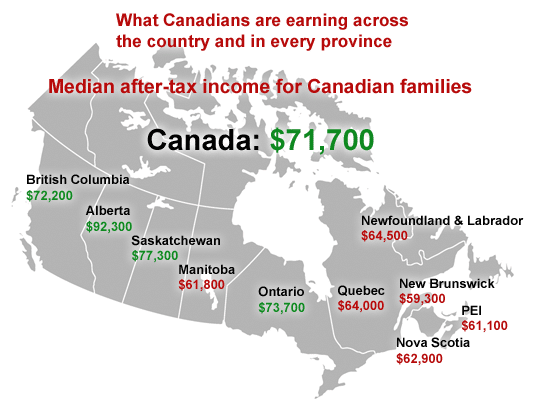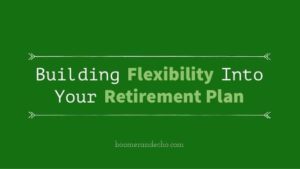By John De Goey, CFP, CIM
Special to the Financial Independence Hub
Every year around this time, people like me pound their fists on the proverbial table for ordinary Canadians to make an RRSP contribution. Spoiler alert: that’s what’s going to happen here, too.
What’s different in this post is that I’m going to go a little bit further than others in making my plea … but only a little bit. I’m not going to recommend a specific security or product. I am, however, going to recommend a specific asset class: income.
So many people tell me that the reason they don’t contribute is that they don’t know what to invest in. I gently point out to them that deciding about how to invest your little tax-deduction generator is not a pre-condition of contributing. Just put the money into your RRSP based on the room available on your most recent notice of Assessment before Monday March 2, already. Generate a refund …. or at least a reduction in the amount owing.
Many people make RRSP contributions in the second half of February and contribute nothing else throughout the remainder of the year. For them, this is an annual tradition where they make a one-time contribution into whatever catches their fancy and pay precious little attention for the next 52 weeks or so.
Most people should be investing in Bonds this year
If this sounds like you … and if you already have a somewhat balanced portfolio that has some combination of stocks and bonds in it, then I suspect that the stock portion of your portfolio did very well in 2019 and the bond portion did relatively less well. That simple reality is why most people should be investing in bonds this year.
Let’s say you’re a traditional balanced investor with a target of 60% in stocks and 40% in bonds. If you started out a year ago with that asset allocation and your stocks were up 20% while your bonds were up 3% over the past year, then you could re-balance using the contribution. Continue Reading…
Share this:
- Click to share on X (Opens in new window) X
- Click to share on LinkedIn (Opens in new window) LinkedIn
- Click to share on Facebook (Opens in new window) Facebook
- Click to share on Reddit (Opens in new window) Reddit
- Click to email a link to a friend (Opens in new window) Email
- Click to print (Opens in new window) Print









